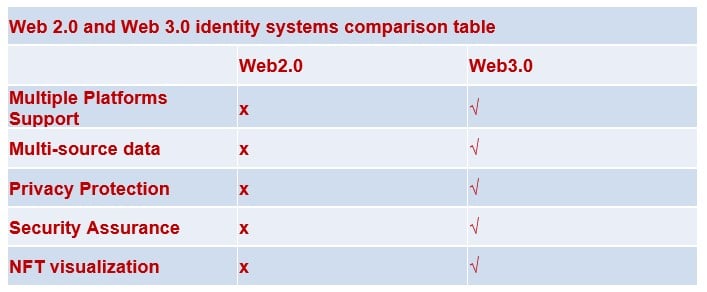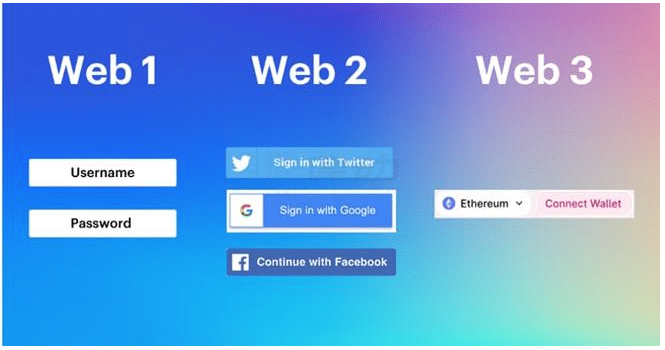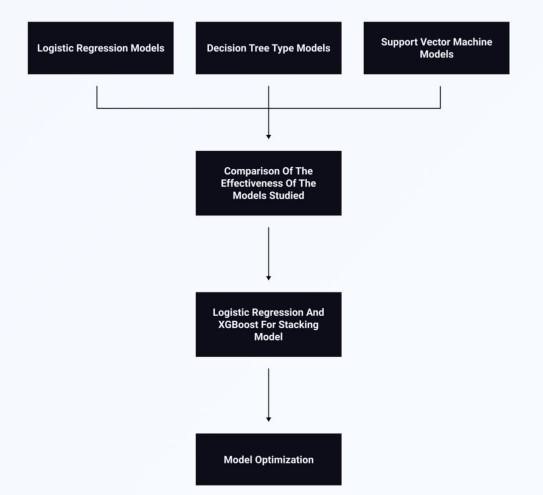Place/Date: – April 26th, 2022 at 9:23 am UTC · 3 min read
Contact: MetaVisa,
Source: MetaVisa
As Metavisa completes the first phases of its’ product UI upgrades followed by a featured launch on the 25th of April 2022, Metavisa will be bringing in a drop of 10,000 limited edition Metavisa Assembled Hero NFTs, accessible to users who summon 10 Metavisas heroes together.
Users can draw a hero card by using their Metavisa IDs via their digital cold wallet address. Based on blockchain data and by using cloud computing, machine learning technologie and model algorithms such as logistic regression, decision trees, random forests, etc., Metavisa conducts comprehensive processing and evaluation of data in various dimensions of a user’s profile such as Credit History, On-Chain Behavior Preference, Address Activity Level, Asset Holdings & Portfolio, Address Correlation.
The Metavisa credit rating system awards users with ranked badges based on MCSs. Users with higher MCSs are rewarded with ‘high-ranking’ badges and therefore given privileges and access to enhanced services through various DApps across the Web3 ecosystem (Figure1- Metavisa modelings and logic).
Metavisa users can also automatically use their Metavisa ID to acquire the Metavisa NFT Hero and use that to associate with their original Web 2.0 social media profiles such as Twitter and Instagram accounts.
Meta IDs can protect users’ privacy while associating with traditional Web 2.0 social media achieving the goal of not displaying social addresses and other information to the public. Meta IDs are used to protect user privacy by not displaying social address or other information to the public.
Figure 1: Metavisa modelings and logic.
Compared with traditional Web 2.0 identity systems, Metavisa helps users solve the problem of multi-platform convergence, data multi-dimensionality, privacy protection, security moat and NFT interaction through its Web 3.0 middleware protocol.

Figure 2: Comparison table of identity systems in Web 2.0 and Web 3.0 environments.
8btc (2022) points out that in the Web 2.0 context, the assumption of privacy and security of user data is based on trust in the platform and confidence in the regulation of government departments, however users still lack control over their data. Users’ data privacy protection schemes are proposed in Web 3.0 for control over personal data

Figure 3: Comparison of Web 1.0, Web 2.0, and Web 3.0 developments.
The Metavisa identity system has a massive growth potential in today’s ever so growing Web 3 ecosystem. Through Metavisa, users can analyze past on-chain data through personalized identity tags and also grow their decentralized identities through continuous on-chain data accumulation.
The continuous on-chain data accumulation also helps to optimize identity systems and further improves the accuracy of customized identity tags, thus helping users gain more. As more and more users participate in Metavisa’s decentralized identity system, Web 3 infrastructures will establish higher levels of credibility amongst ecosystem stakeholders and users.
Metavisa aims to build up the value of communities in Web3. Users are both creators and participants of this ecosystem who will eventually want to enjoy sustainable earnings from various DApps in the metaverse. Projects that participate in building up this sustainable ecosystem will have the privilege of having various data supporting their satisfied and qualified target users, which is where Metavisa’s ecosystem comes into play. Cooperative projects within the Metavisa ecosystem will expense MESA tokens to gain user behavior data for more effective data support and through a safely integrated and authorized platform.
Metavisa socials: Twitter, Telegram, Discord.
Subscribe to our telegram channel. Join


